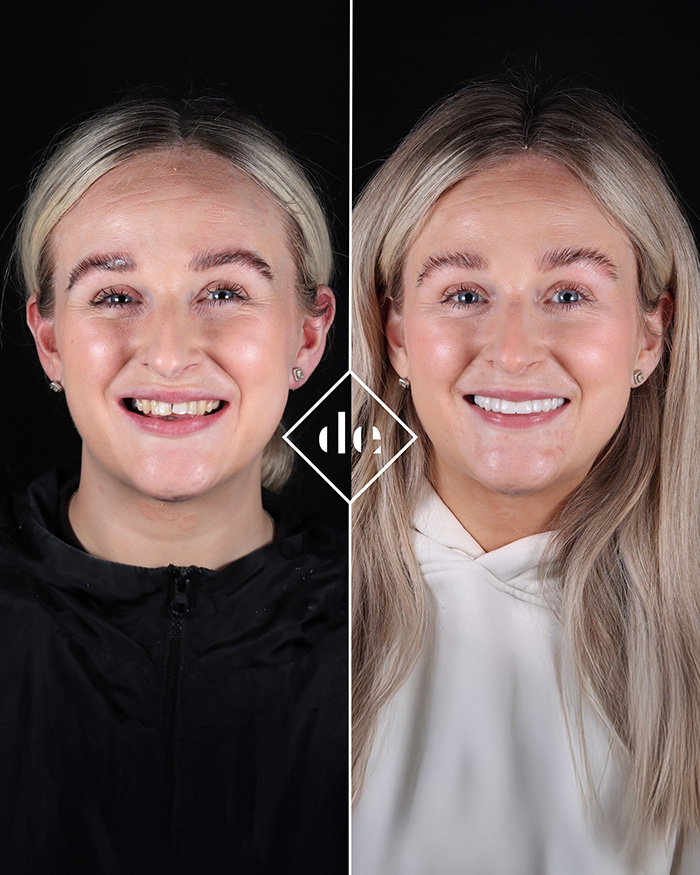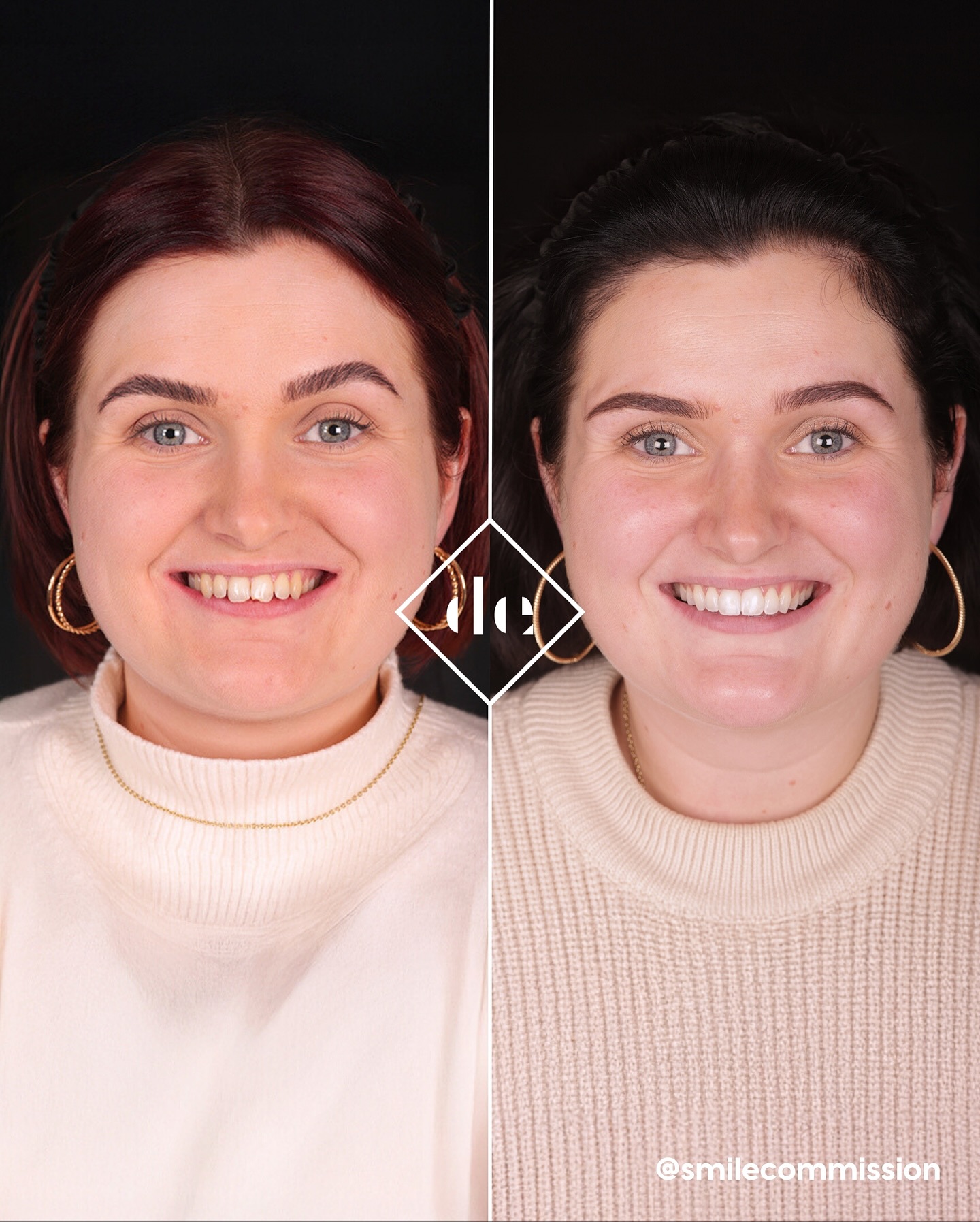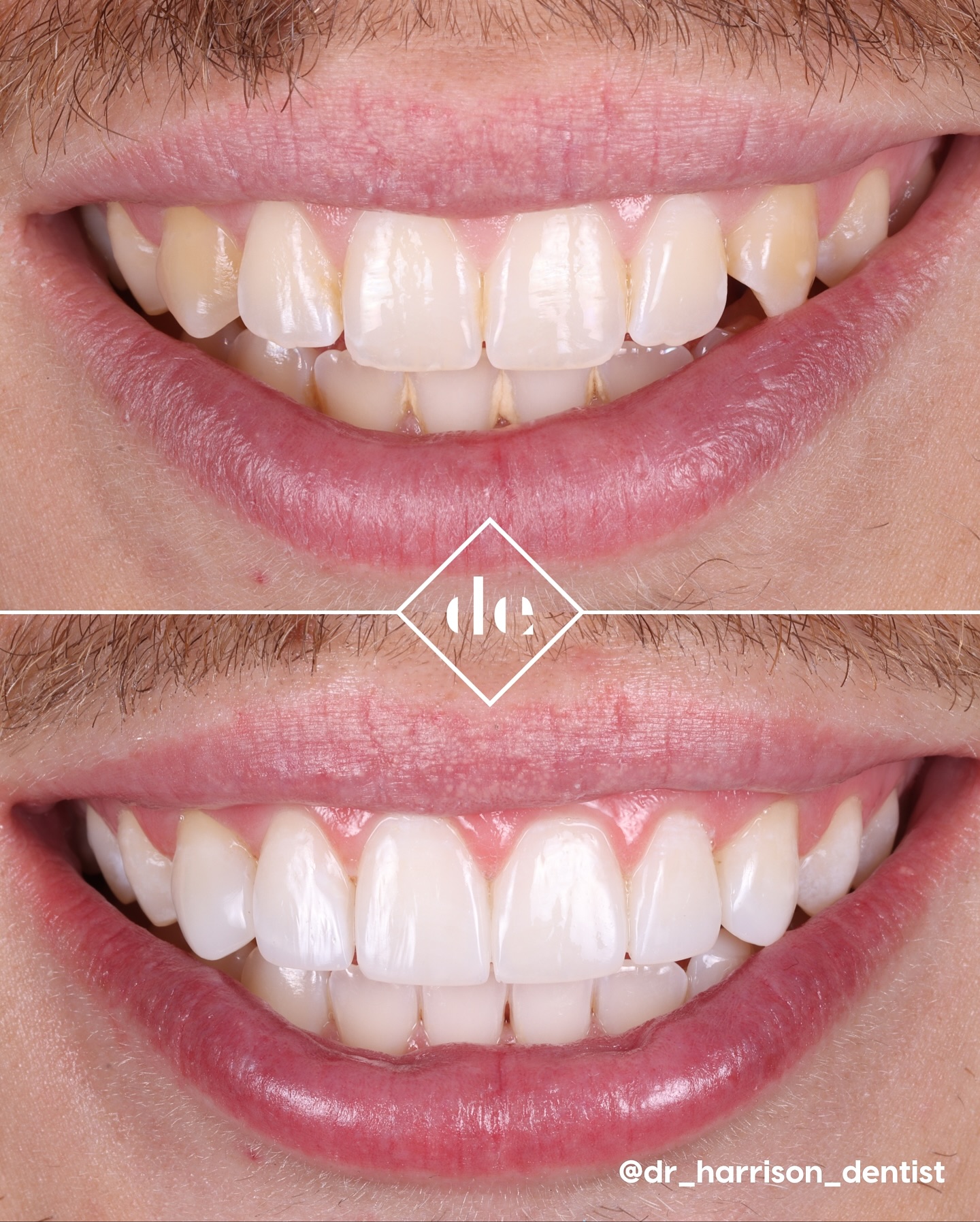Your composite bonding treatment journey
Initial consultation and same-day treatment
Planning your journey with Dental Excellence is an extremely personal process as we tailor every treatment to you. To begin planning your treatment, you'll be invited to our luxury facility, located in Liverpool or London. We've furnished our facilities with high-end Italian furniture and ensured the lighting is warm and welcoming, resembling a hotel more than a dental practice. Traditional dental practices can be cold and unwelcoming, which is why we wanted to create a facility that is the complete opposite.
Our friendly and personable staff will ensure you're comfortable throughout the process too, and will always be on hand to answer any questions you may have. Our aim is to quash any worries or fears you have about receiving dental treatment and make you feel comfortable throughout.
The composite bonding treatment process will begin with an initial appointment to outline your expectations and what the treatment entails. The planning will be done prior to the treatment day so you're able to turn up and have the treatment applied the same day. This will allow you to begin benefitting from the results immediately, without having to attend multiple appointments. Before you leave our facility, you'll be given advice on how to best look after your teeth and ensure that the treatment doesn't become damaged.
To get started with your journey to perfect teeth, book a consultation appointment with us through our website or use the contact form on our website. We'll get back to you as soon as possible and help you with your dental plan.
















